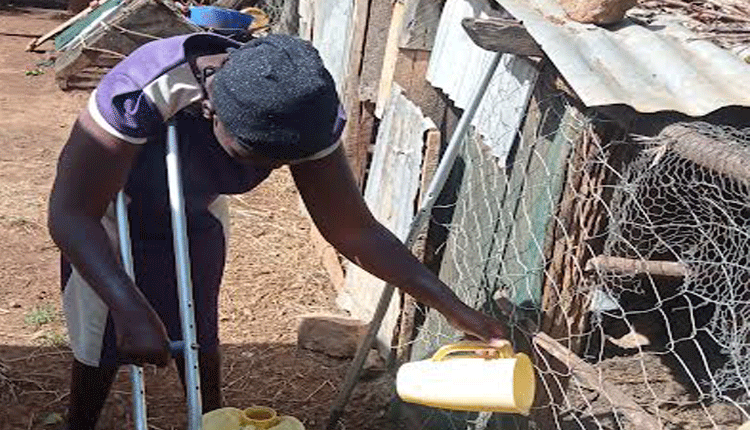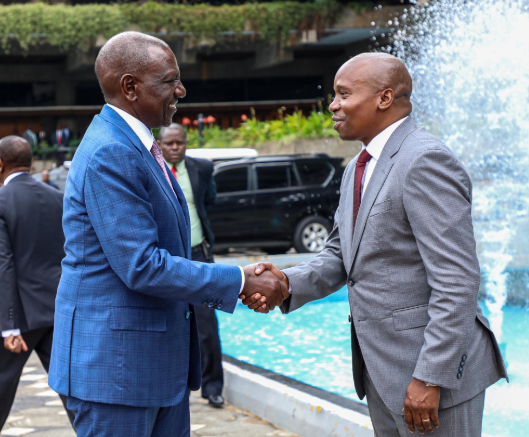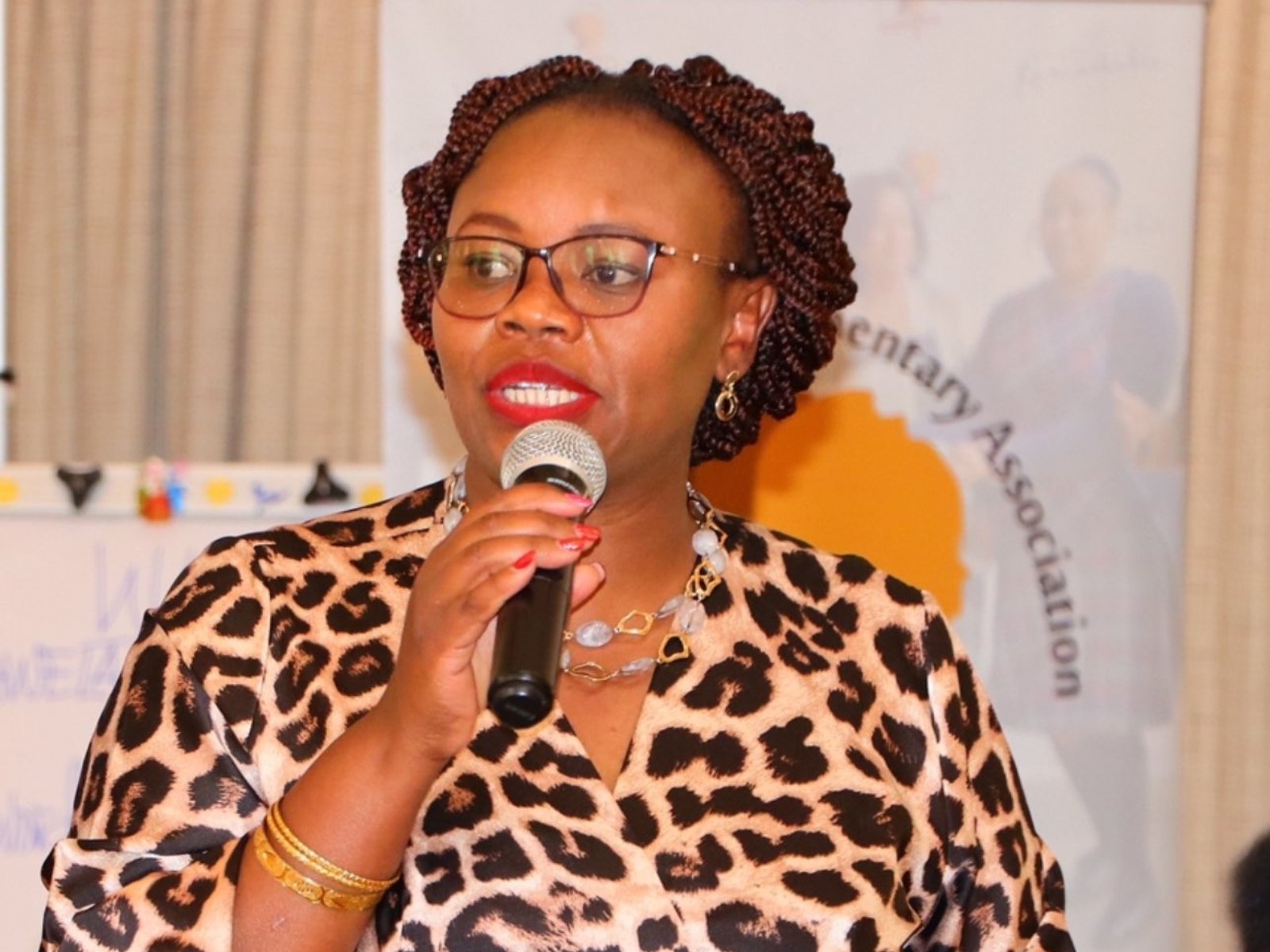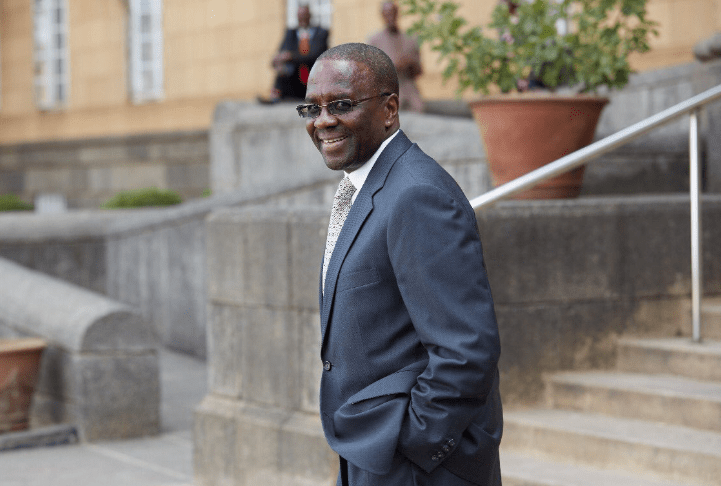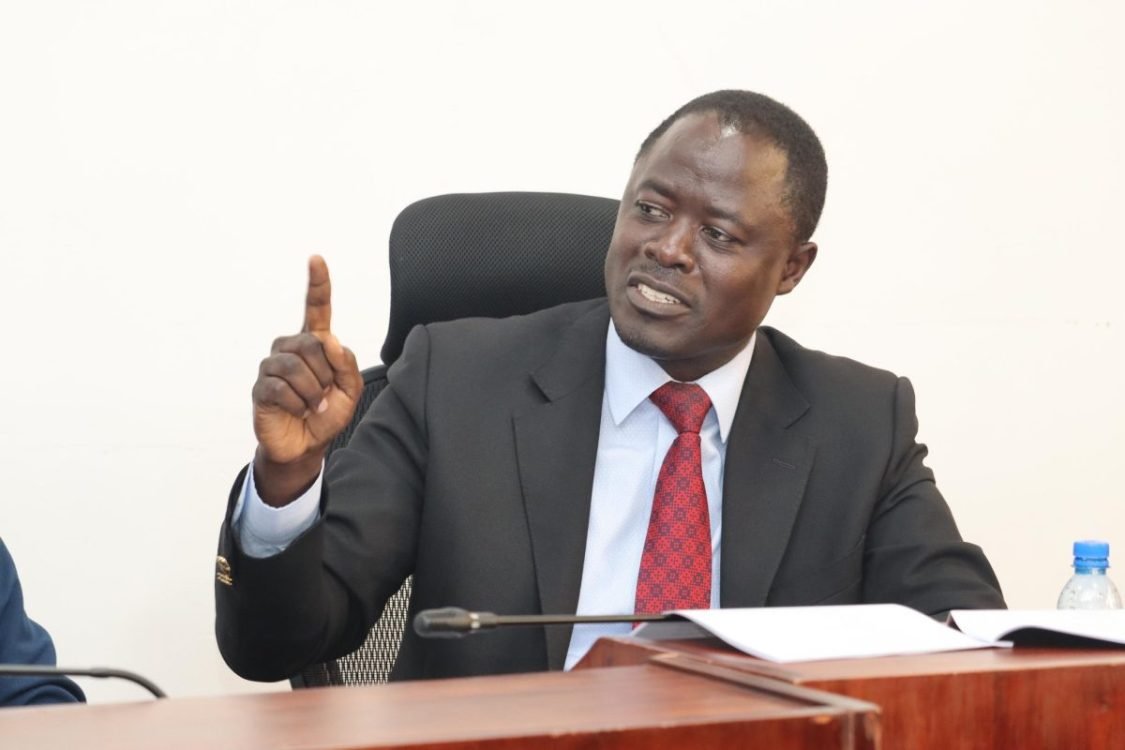Relief for Laikipia pupils as run-down school undergoes major facelift
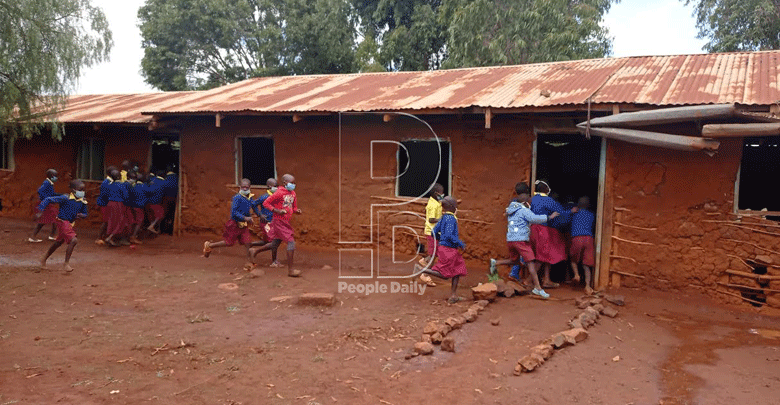
Milliam Murigi @millymur1
Mud-walled classes with glaring cracks, no windows and doors are what welcome us to Mbombo Primary School in Sosian ward, Laikipia North constituency in Laikipia county.
Although the pupils seem unperturbed by the poor state of infrastructure in their school as they go on with lessons, their education outcome is wanting.
According to the school headteacher Mwangi Njeru, because of the dilapidated classrooms, the school has been recording dismal performance of late.
This is because pupils are not exposed to the minimum teaching standards, there is no fence to secure the school and neither do they have basic provisions, such as clean water, books and even furniture.
The school, which was founded back in the 90s has pupil population of 284 and has eight teachers.
“When this school was founded, national exam results were always impressive, but nowadays the school has been registering a drop in their mean score every year,” says Njeru.
“We used to register a mean score of 300, but currently, they are not even managing 250 marks,” he adds.
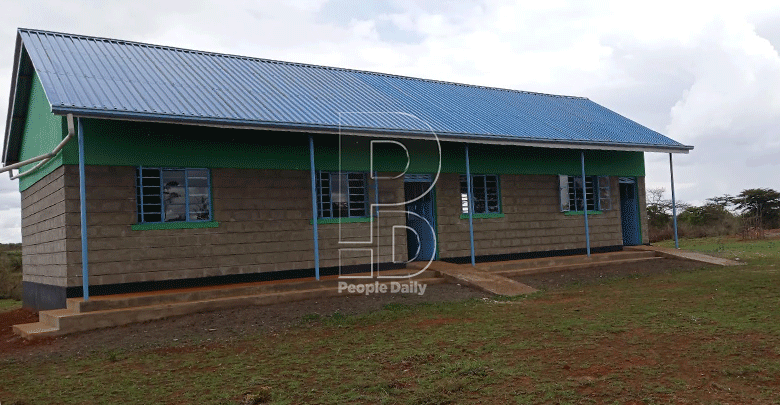
He says the drop has been contributed by various factors, such as insecurity in the area and low school attendance.
And poor learning environment and shortage of qualified teachers has been worsening the situation.
Retention in school
His school is not the only learning institution in this condition. Close to 19 schools in this ward are facing the same predicament since they are located in a marginalised area and schools in marginalised areas in Kenya face the biggest investment needs.
“Lack of proper infrastructure contributes to school dropout, sickness, lack of concentration and all this contributes to poor learning outcomes and retention of pupils in schools,” says Njeru.
To help remedy this situation, the National government in partnership with other development partners, such as Habitat for Humanity Kenya (HFHK) have joined hands to work on the issue of investing in education infrastructure since last year.
HFHK is a non-governmental organisation that works with vulnerable groups across Kenya to provide affordable housing solutions in partnership with other stakeholders.
So far Mbombo Primary School has seen five modern classes fully furnished with quality desks are being constructed.
The National Government Constituency Development Fund (NG-CDF) is constructing three upper primary classrooms and HFHK has taken up two Early Childhood Development and Education (ECDE) classrooms and a latrine block.
The organisation has also installed water tanks around the school, which can hold about 21,000 litres of water to improve the schools’ access to clean rainwater and increase its hygiene and sanitation through clean latrines.
This will enable children to focus on learning and reduce absenteeism caused by communicable diseases, which is currently a major challenge.
“It is expected that the strong structural classrooms will improve the students learning environment and ultimately increase enrollment and retention of students, especially the girl child.
We are looking for more funds to construct more classes in this school and many others,” said James Waithaka, HFHK Programmes Operations Coordinator.
He said the organisation decided to prioritise ECDE classes despite the fact that other classes are equally in bad shape because during the needs assessment, the ECDE children classrooms and sanitation needs were ranked highest based on the fact that little children are the most vulnerable “Inadequate learning facilities and poor school infrastructure in, especially public schools has been a major challenge for a long time in Kenya.
Covid-19 has on the other hand increased demand for more classrooms and the need for proper sanitation in our schools.
This is why we are initiating such programmes with an aim of improving the learning environment,” said James.
An elated Njeru is glad that classrooms will nolonger pose serious danger to the pupils and teachers and hopes that the wrecked classrooms will hold long enough until the new blocks are ready for use
Although HFHK has been housing individuals, James says that their new five-year business plan has four strategic programmatic areas and one of the areas is a settlement-based practice whose main objective is to establish safe and resilient communities settled within quality and affordable houses with access to basic services and infrastructure and school construction programme falls under that thematic area.
Crucial for learning
So far, HFHK under the school construction programme has supported seven schools from four different counties.
Two in Machakos, two in Laikipia, and Kajiado, Homabay and Narok counties have one school each.
According to him, proper education infrastructure is a crucial element of the learning environment in schools and there is a need for a concerted effort by all stakeholders with the government both at the county and national levels to take the lead to support public schools.
Area MP says about 90 per cent of schools in Sosian ward need serious interventions to make them habitable. She calls upon other development partners to come on board.
“We have NG-CDF for such projects, but the money is not enough to renovate all schools.
I am calling upon other development partners to come and work with us to ensure that all the schools have good infrastructure, which will eventually improve education outcomes for our children,” says Korere.
